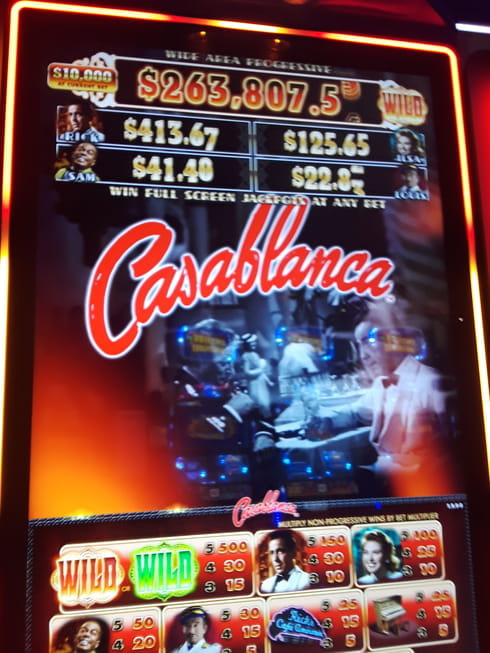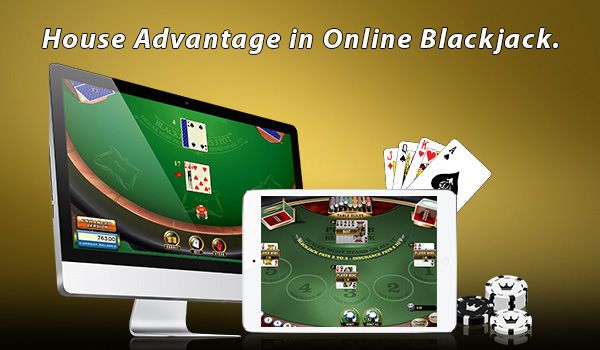Casino House Advantage
- Casino Games House Advantage
- Casino War House Advantage
- Casino Game With Least House Advantage
- Casino House Advantage Computation
- Casino Games House Advantage
- Casino Games House Advantage
- Casino House Advantage
Calculation of Casino House Edge
The house edge, the odds advantage in its favor, represents the average gross profit the casino can reliably expect to make from each game. On the games with the lowest house edge, the smallest. Similar to other casino games where the players are allowed to make betting moves along the way (such as Blackjack), player decisions do determine the house advantage in let it ride. However, on a typical played round of let it ride, the house advantage is only around three and one-half percent (3.5%) of the final one-third bet.
The house edge (HE) is defined as the casino profit expressed as a percentage of the player's original bet.
The player's disadvantage is a result of the casino not paying winning wagers according to the game's 'true odds,' which are the payouts expected considering the odds of a wager either winning or losing.
The house edge of casino games vary greatly with the game. House edges for slot machines and Keno may be up to 15% and 25% respectively.
In games which have a skill element, such as Blackjack or Spanish 21, the house edge is defined as the house advantage from optimal play (without the use of advanced techniques such as card counting), on the first hand of the shoe (container holding the cards).
The set of the optimal plays for all possible hands is known as 'basic strategy' and is highly dependent on the specific rules, and even the number of decks used. Good Blackjack and Spanish 21 games have house edges below 0.5%.
Example #1:
Calculate the house edge for American Roulette, which contains two zeros and 36 non-zero numbers (18 red and 18 black).
Solution #1:Casino Games House Advantage
If a player bets $1 on red, his/her chances of winning $1 is 18/38 since 18 red numbers exist out of 38. However, his/her chance of losing $1 (i.e., winning − $1) is 20/38. Therefore, the expected value may be calculted as follows:
$1) is 20/38. Therefore, the expected value may be calculted as follows:Expected Value = (1)(18/38) + (−1)(20/38)
Expected Value = 18/38 − 20/38
Expected Value = −
Casino War House Advantage
2/38 = − 1/19Expected Value = −5.26%
Casino Game With Least House Advantage
Therefore, the house edge is 5.26%.
Example #2:
Calculate the house edge for European Roulette, which contain a single zero and 36 non-zero numbers (18 red and 18 black).
If a player bets $1 on red, his/her chances of winning $1 is 18/37 since 18 red numbers exist out of 37. However, his/her chance of losing $1 (i.e., winning −$1) is 19/37. Therefore, the expected value may be calculted as follows:
Expected Value = (1)(18/37) + (−1)(19/37)
Expected Value = 18/37 − 19/37
Expected Value =
 −1/37
−1/37Expected Value = −2.7%
Therefore, the house edge is 2.7%.
Example #3:
Calculate the house edge for a game played by wagering on a number from the roll of a single die with a payout of four times the amount wagered for a winning number.

Since the probability of a winning number for a single roll of a die is 1/6, it follows the game has 5 to 1 odds. However, with a payout of only four times the amount wagered (i.e., 4 to 1) for a winning number, the house edge may be calculated as follows:
House Edge = (true odds
Casino House Advantage Computation
− payout odds) / (true odds + 1)House Edge = (5 − 4)/(5 + 1)
House Edge = 1/6
House Edge ≈ 16.67%
Casino Games House Advantage

Casino Games House Advantage
.jpg)